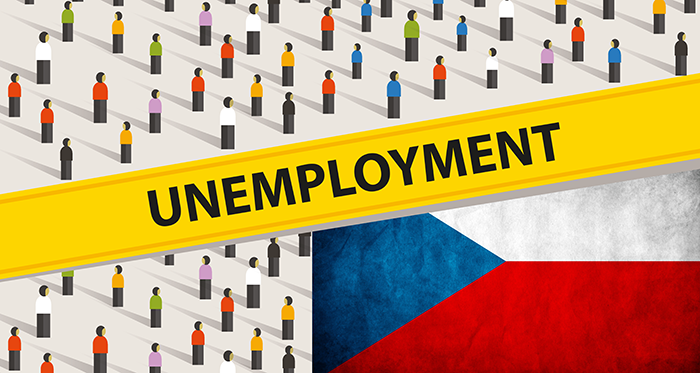Czech unemployment held steady at 4.3% in April despite seasonal hiring
Unemployment in the Czech Republic remained at 4.3% in April, unchanged from March and marking the highest April unemployment rate since 2017. According to data released by the Labour Office of the Czech Republic, the figure represents a year-on-year increase of 0.6 percentage points. While analysts had expected a decline in unemployment due to the onset of seasonal work, weak performance in the industrial sector offset gains in agriculture and construction.
At the end of April, 318,540 people were registered as unemployed—3,600 fewer than in the previous month. During the same period, the number of registered job vacancies rose by 4,046 to reach 95,798. On average, there are currently 3.3 job seekers per vacancy.
Labour Office CEO Daniel Krištof commented that the labor market is becoming increasingly divided. He noted that while seasonal jobs are available, the mismatch between available positions and the qualifications of job seekers is growing. He emphasized the importance of continuous education and timely retraining to bridge this gap, stressing that upskilling should not be delayed until after job loss.
Vít Hradil, chief economist at Investika, explained that seasonal work typically lowers unemployment in spring, especially in agriculture and construction. However, this effect was largely absent this year due to weak demand in industry, which has been cutting back on employment.
Many of the newly unemployed individuals come from sectors such as retail, wholesale, metal manufacturing, vehicle production, education, public administration, and postal services. Meanwhile, employers are currently seeking building construction workers, warehouse staff, cooks, assembly line workers, truck and tractor drivers, and cleaners.
Jiří Pour, an economist at UniCredit Bank, noted that the average length of unemployment is increasing. The proportion of short-term unemployed individuals—those out of work for a short duration—fell by three percentage points to 26% in April.
Regionally, the highest unemployment was recorded in the Ústí nad Labem Region at 6.6%, followed by the Moravian-Silesian Region at 6%. Prague reported the lowest unemployment rate at 3.1%, though it, along with the Karlovy Vary Region, was one of only two regions where unemployment ticked up slightly—by 0.1 percentage points.
Looking ahead, analysts expect the average annual unemployment rate to rise in 2025 compared to the 3.8% recorded last year. Miroslav Novák, chief analyst at Citfin, forecasted that unemployment will likely remain in the 4.3% to 4.5% range this year. He warned that large-scale layoffs in the manufacturing sector, particularly in response to U.S. tariffs and weakening demand, pose a continued risk.
Source: CTK and Labour Office of the Czech Republic









